As a beginner in SEO, you need to understand that Search Engine Optimization is not as hard as many people believe. Basic SEO settings are very easy to implement and sometimes this is all you need to rank higher for the keywords that matter for your website.
Here are some simple SEO tips you can start using to improve your Google rankings.
15 Essential SEO Tips For Beginners
- Write Helpful Content To Match the Search Intent
- Target Easy To Rank Keywords
- Use A Hierarchical Heading Structure
- Optimize Titles And Meta Tags
- Use Short, SEO Friendly URLs
- Get Backlinks From High-Authority Websites
- Add Internal Links To Your Content
- Optimize Speed And Page Experience
- Format Content For Featured Snippets and Other SERP Features
- Keep Your Content Fresh And Relevant
- Optimize Your Images
- Build Topical Authority With Content Hubs
- Create An XML Sitemap And A User Sitemap
- Add Breadcrumbs
- Use Google Search Console
1. Write Helpful Content To Match the Search Intent
One of the easy SEO tips to use is to prioritize creating high-quality content that matches the search intent over other SEO tactics.
When working with SEO, it’s easy to lose track of the primary goal of each piece of content you publish, which is to create people-first content and not content for search engines.
You should take a closer look at your content to ensure that:
- It answers the user query as high in the content as possible.
- It has the expected format. For example, if the user is looking for comparison data, you should include tables, graphs, and other elements to help users compare products or services.
- It shows clearly who wrote the content and when it was last updated.
- It includes keywords and phrases a user will likely use when searching for a particular topic.
To check that your content is relevant to the user's needs, you can review the top-ranking pages for a given search term.
This does not mean making your content the same as what is already available. You need to make your content different, better and give users another perspective without missing critical information.
2. Target Easy To Rank Keywords
Another SEO tip related to content is targeting easy-to-rank keywords. This concept is simple: do your keyword research to find what keywords people use when searching for topics related to your brand, products, and services.
Pick a primary keyword per page with a low difficulty score and use secondary keywords to make your content relevant to the user's query.
Long-tail keywords are generally easier to rank because they have less competition than head (or primary keywords).
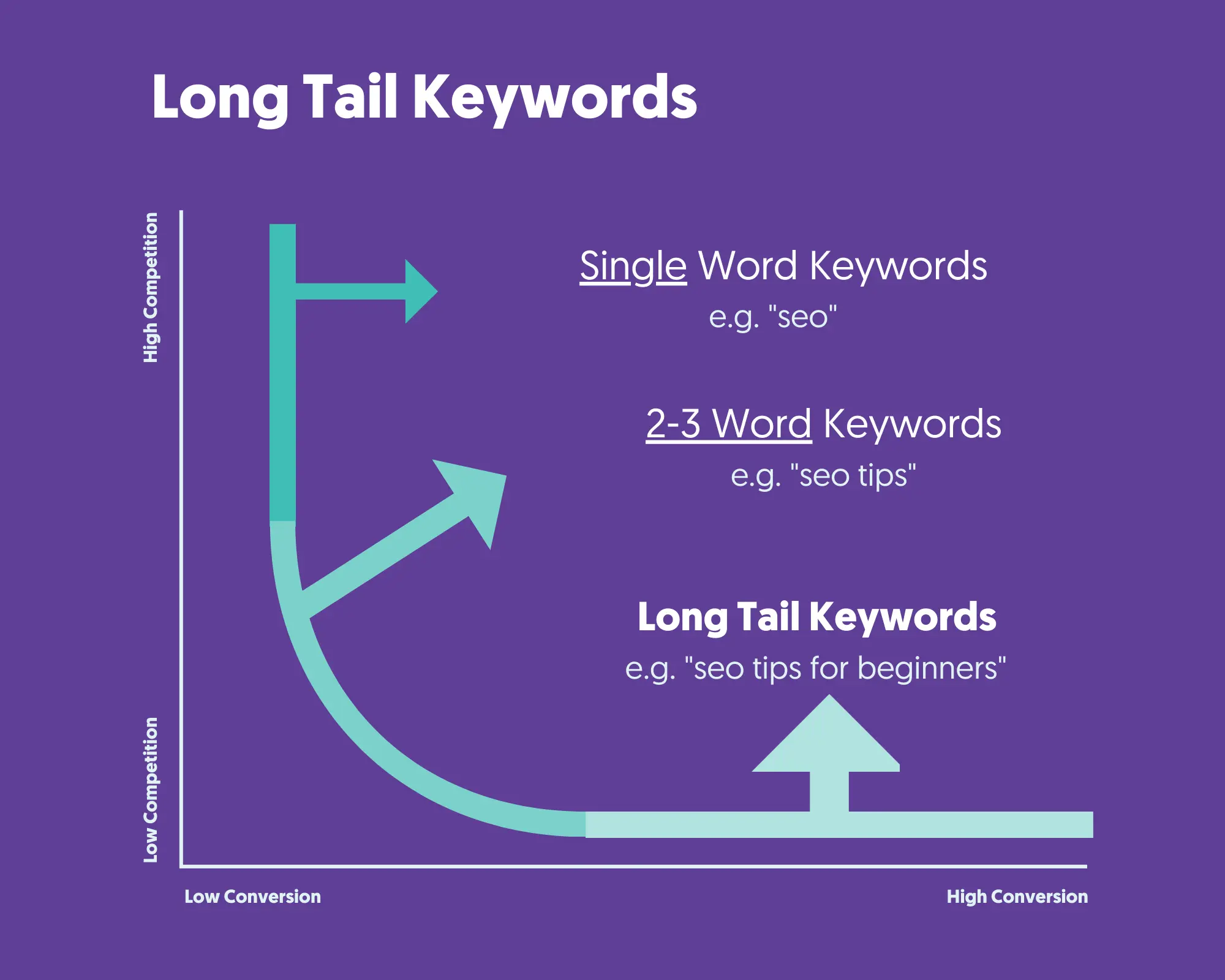
When writing your content, ensure that you use your primary keyword in prominent places (page title, URL, headings) and that you use variations of that keyword in your content.
To find the variations, you can look at the "People Also Ask" section in Google Search Results or use an AI tool to help you find related keywords and phrases that people use.
3. Use A Hierarchical Heading Structure
When creating content, simplify your page structure by giving special attention to page headings. This is fundamental SEO advice, but it is still important.
Ensure that the top heading is H1 and subsequent headings are H2 or H3. Use different font sizes to make these headings stand out from the rest of the text.
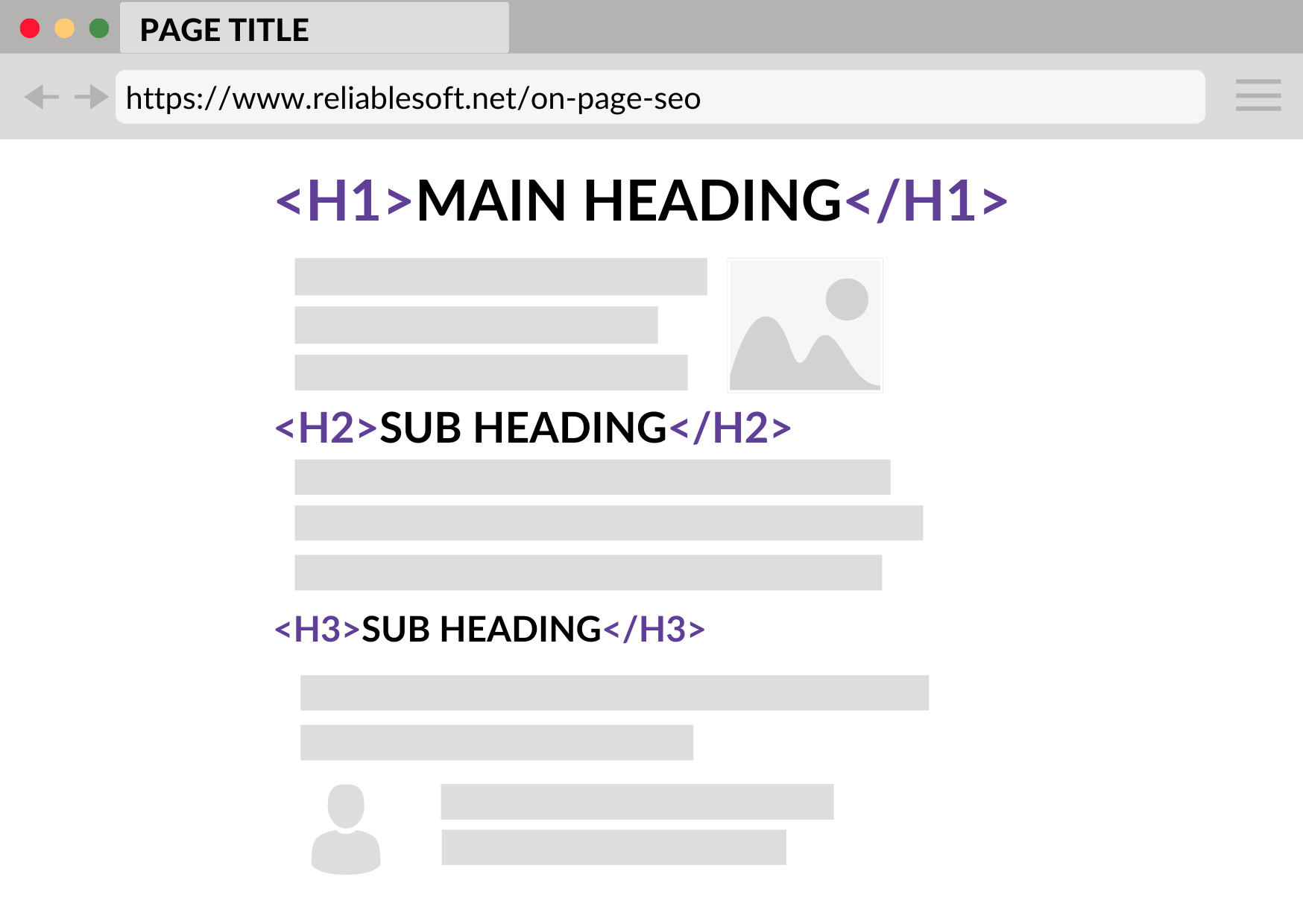
In addition, ensure that the text in the headings is informative, relevant to the content, and compact.
Don’t just publish pieces of text on your website without first doing some basic formatting. This is bad for the user experience and works against your SEO efforts.
General guidelines for formatting a post or page on your website:
- Use BOLD and Italics to draw users' attention
- Don’t use H2 tags for all your headings
- Write small paragraphs
- Use a font size that is easy to read
When formatting your posts, always keep the user experience in mind. Can the user identify the main sections of your post (H2 tags) just by looking at the page? Is the text easy to read on all devices (Mobiles, Tables, etc)?
4. Optimize Titles And Meta Tags
Optimizing page titles is an essential aspect of Google SEO and should be the first item in your SEO tasks list.
When creating your titles, follow these tips:
- Each page needs to have a unique page title.
- The title should accurately describe the page’s content.
- It should be brief and descriptive.
- It should help the user understand what the page is about.
- Include your target keyword or a closed variation.

The page meta description tag gives users and search engines a summary of what the page is about. Google may show a part of the page content instead of your custom description. Nevertheless, you should follow these guidelines when crafting your descriptions:
- Always provide a unique description for all your website's pages, posts, and products.
- Keep the meta description length between 160-180 characters.
- Avoid repeating the title in the description.
- Don’t add too many keywords.
- Try to use the description to ‘advertise’ your page to the reader so that they click on your search snippet and visit the page.
5. Use Short, SEO Friendly URLs
The page URL is shown in the browser address bar and the search results (below the page title). Optimizing your URL structure is one of the on-page SEO tasks that can help Google understand your site's content better.

Use these guidelines for creating SEO-Friendly URLs:
- Make URLs simple and easy to understand for search engines and users.
- Use hyphens ‘ – ‘ to separate the words that make up a URL.
- Avoid lengthy URLs with unnecessary information.
- Use your target keywords in the URL.
6. Get Backlinks From High-Authority Websites
Getting backlinks from other high-authority websites is a critical SEO ranking factor. It's one of the off-page SEO techniques you can use to influence your Google rankings.
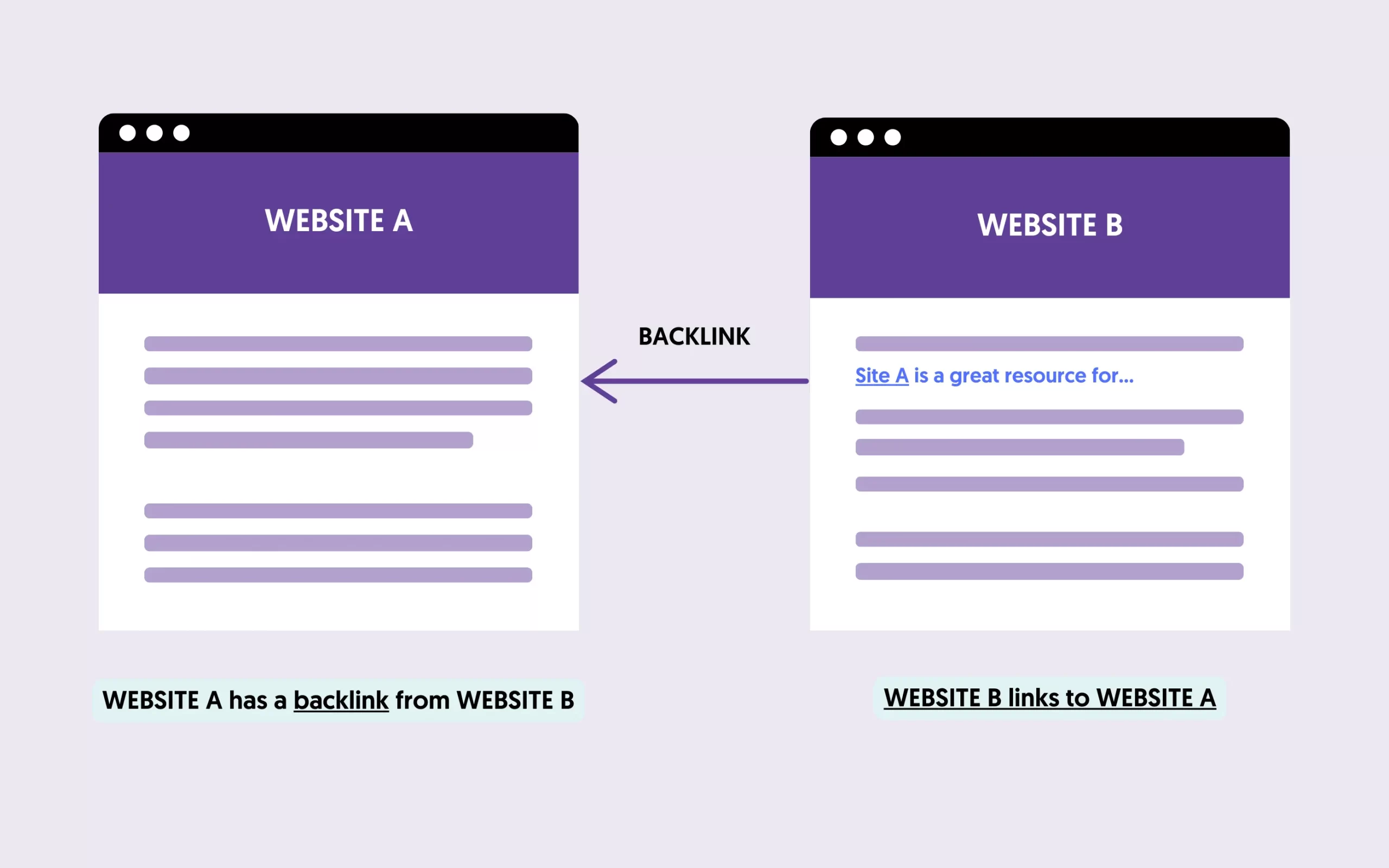
From experience, link building is a difficult concept for beginners. To help you implement it, follow these tips:
- Publish great content on your website that will naturally attract links. Examples include case studies, industry statistics, and original research.
- Put your content in front of other webmasters who may potentially link to your website (Facebook and other social media channels are great promotion tools for this purpose).
- Link to other websites and let other webmasters know. If they like your website, they may return the favor.
- Publish content on other websites and add links pointing to your pages (also known as guest posting).
When getting links for SEO purposes, ensure that:
- You get links from high-quality websites only.
- Links are coming from websites with a higher domain authority.
- Websites that link to you are related to your niche, not any website.
- Built your link profile gradually (sudden changes to the number of backlinks may raise some warning signals in the ranking algorithm).
- Ensure you understand the difference between a ‘follow’ and a ‘nofollow‘ link.
- Read Google’s guidelines on link building.
7. Add Internal Links To Your Content
Internal links are links on a page that point to other pages within your website i.e. not external links. Good internal linking practices can improve your SEO and make your website more accessible to users and search engine crawlers.
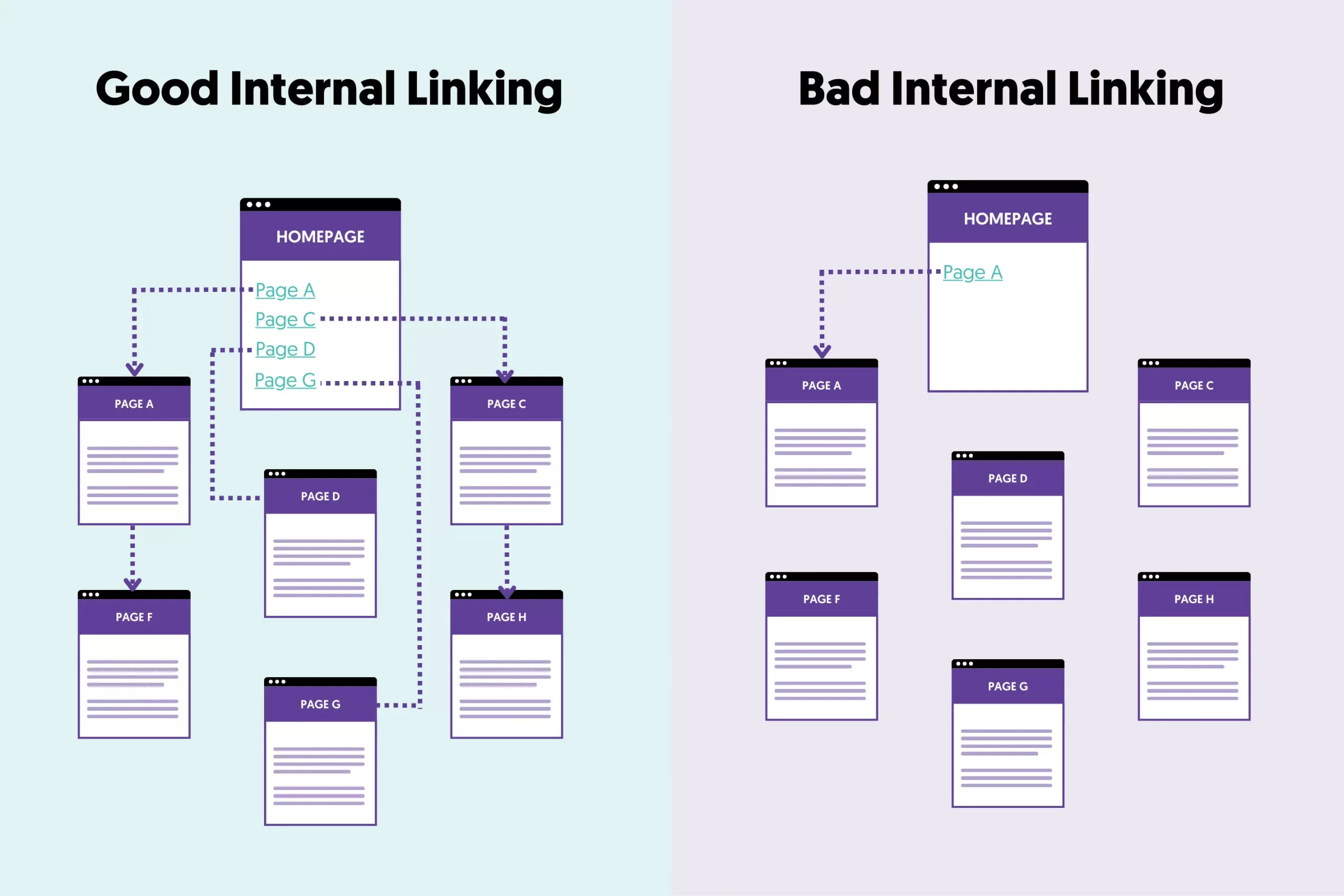
The rules to follow for internal links are simple:
- Link related articles together either by using keyword anchor text or by using the full article title.
- Ensure that the links are helpful for the user and easy to understand by search engines.
- Don’t make links for search engines only. An internal link should help the user navigate the site better.
- Do not use ‘click here’ or ‘[..]’ for internal linking.
- Don’t overdo it. A few internal links per page are enough.
- Don’t always link old posts from new posts, but go back and link more recent posts from older posts.
- The most important pages on your site should have the greatest number of internal links.
8. Optimize Speed And Page Experience
Page speed is a known ranking factor. Your website should load on desktop and mobile in less than 2.5 seconds and pass the core web vitals test.
Improving your core web vitals test and page load time is part of technical SEO. To start, go to Page Speed Insights to analyze your website and get performance recommendations.
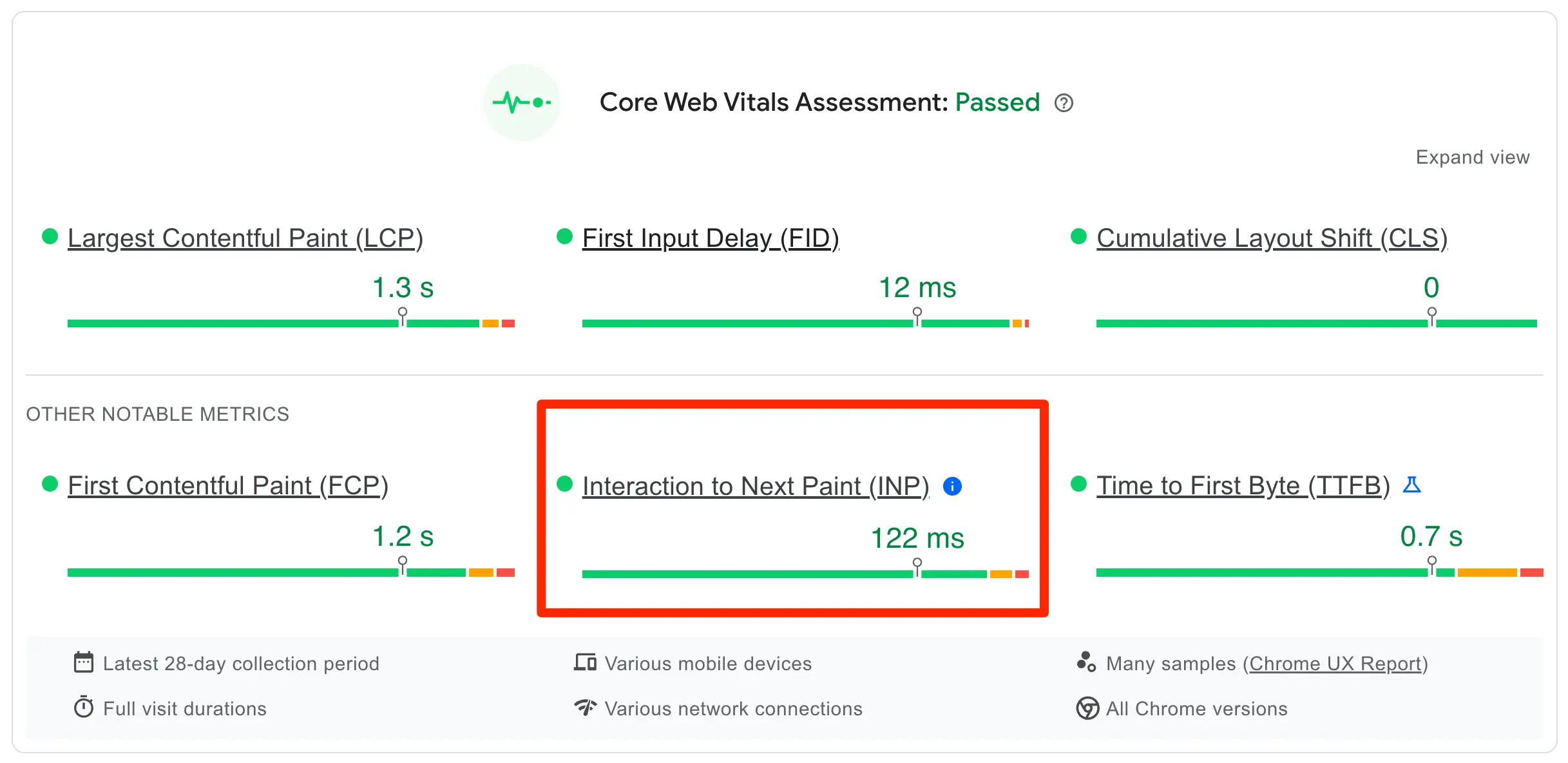
Usually, what it takes to get to the desired core web vitals scores is to:
- Remove any unnecessary plug-ins or javascript from your pages.
- Optimize the size of your images.
- Use a caching service or plug-in.
- If you have a lot of images on your site, consider using a CDN (Content Delivery Network).
Besides core web vitals, One of the newest Google ranking factors is page experience. This relates to how content is presented on the page and whether users can find what they want in the fastest way without unnecessary disruptions.

To optimize your pages for the page experience, use the following SEO tips:
- The content is served over a secure connection.
- The user’s experience on mobile is the best possible.
- No intrusive interstitials are popping up.
- The main content of the page is easily distinguishable from ads.
- The content is visually appealing to the users and easy to read.
9. Format Content For Featured Snippets and Other SERP Features
A featured snippet is shown on top of the results (aka position "0") and provides a direct answer to a user's query.
Here is an example:
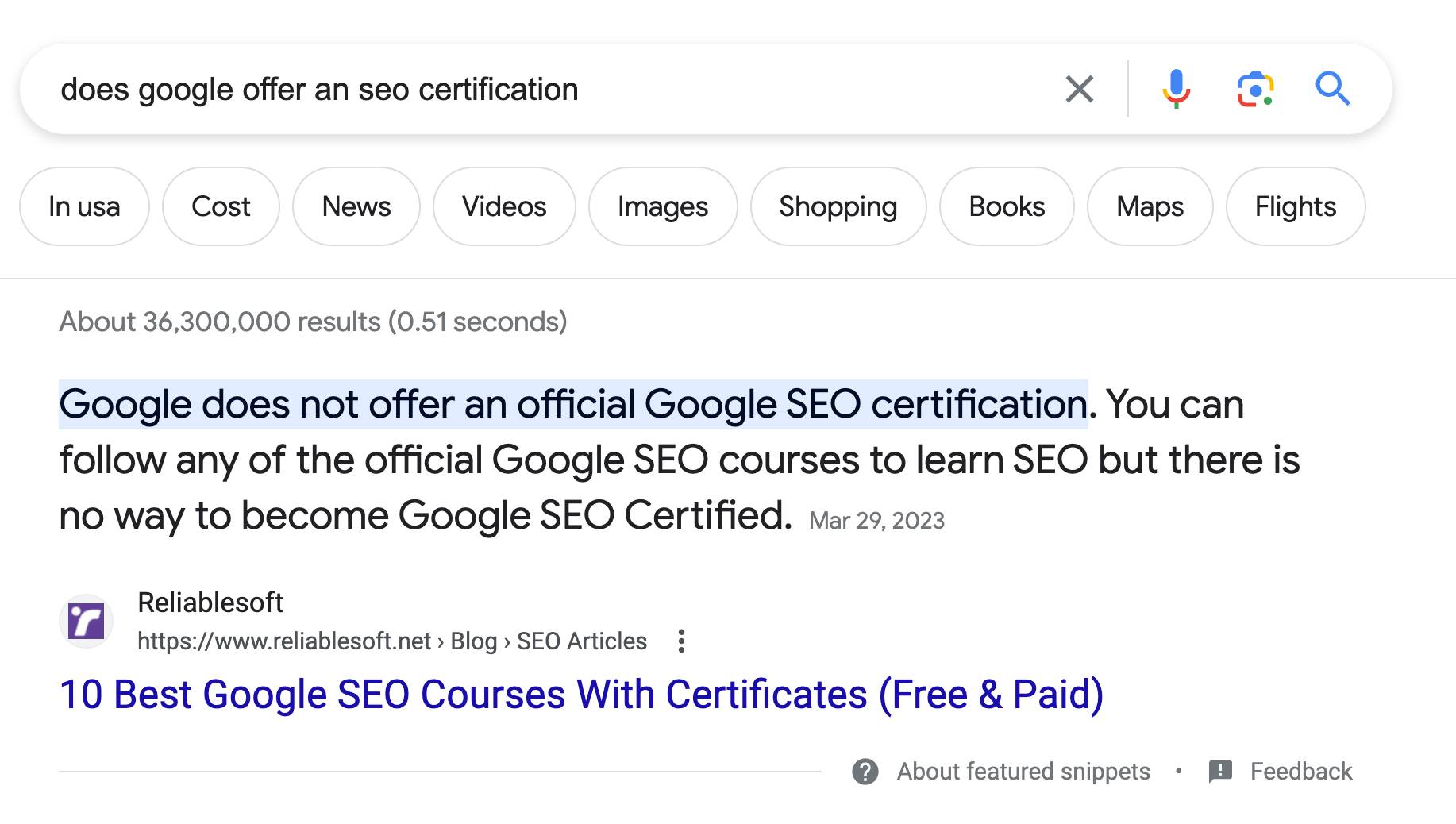
Although it’s up to Google to decide which pages will appear as featured snippets, you can do a few things to increase your chances of getting to the top and taking advantage of the higher click-through rate (CTR).
- The most important tip for you is to summarize the answer to a question (or query) in one paragraph.
- Look for Google's ‘People Also Ask’ section and find questions you can answer directly in a couple of lines.
- Start your answer by directly answering the question and avoid fluff. Keep your answer short and to the point.
- Ensure that you use the appropriate headings in the article.
Here is another example:
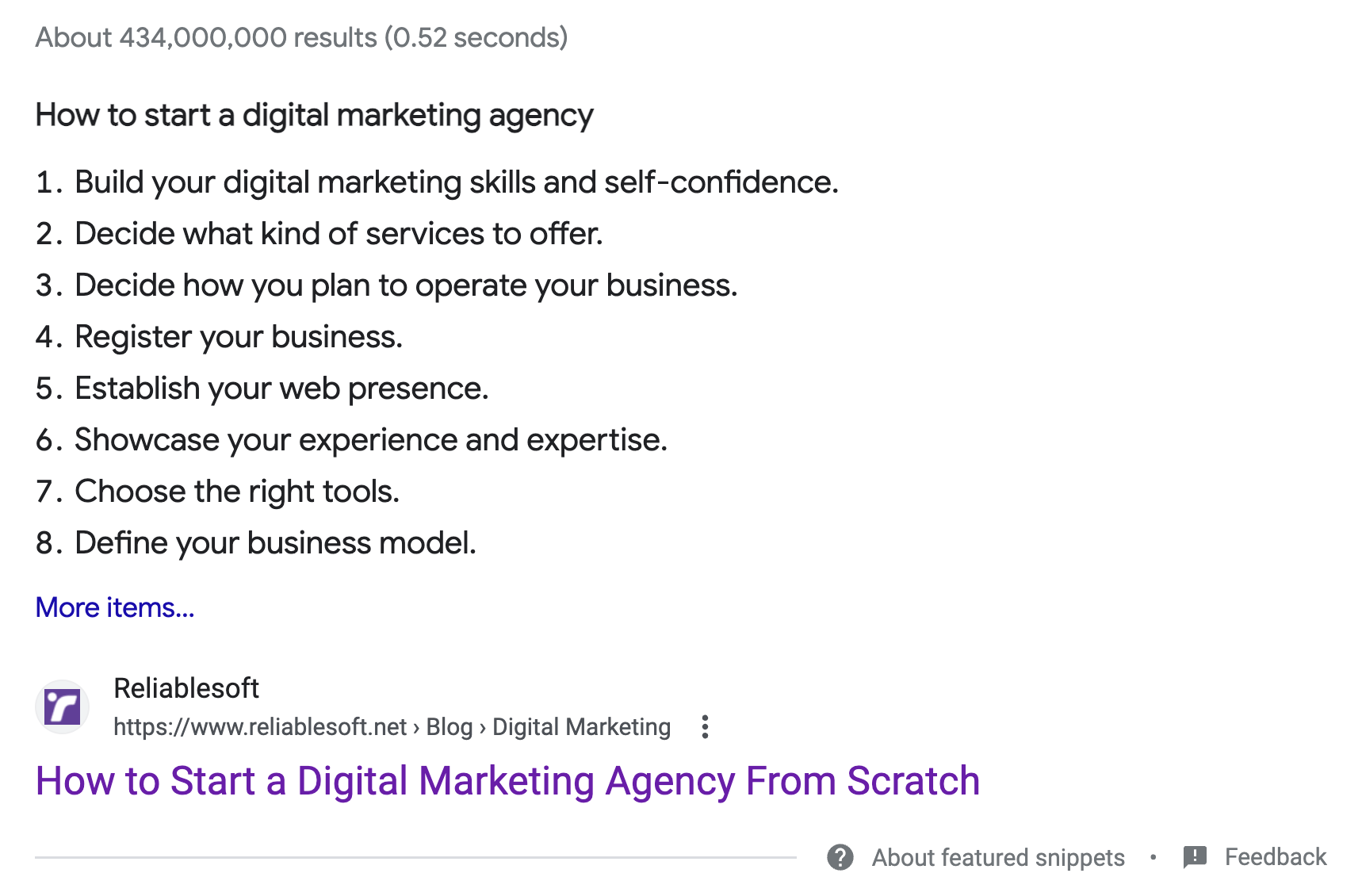
Optimize for Multiple SERP Features
SERP features are anything else besides the traditional 10-blue links that appear in Google results. The most commonly used are:
Sitelinks appear when you search for a domain name on Google. Google algorithm shows links to help users quickly find the information they’re looking for.
Here is an example when you search for reliablesoft:

Although there is no way to define which links should be shown as sitelinks, there are a number of ways to influence the algorithm’s decisions.
This is particularly useful when you want to direct users searching for your domain name on Google to your most important pages.
If you take a closer look at the example above, you’ll notice that Google correctly listed the pages we want to promote more which includes our Digital Marketing Course, SEO Course, and Digital Marketing Academy.
To configure sitelinks for your website, follow these best practices.
- Create a simple and logical site structure – add important pages to your top menu and footer.
- Link important pages from your homepage – make sure to use text links and not images.
- Add internal links to your important pages from other relevant pages.
- Optimize your internal link’s anchor text – use text that describes what the page is about.
- Optimize your page titles and headings to be informative, relevant, and compact.
Another SERP feature you can use to optimize your content is a rich results snippet. Rich results are used for many types, including articles, events, how-to guides, images, local businesses, and more.
They are more visual, especially on mobile devices. Here is an example:
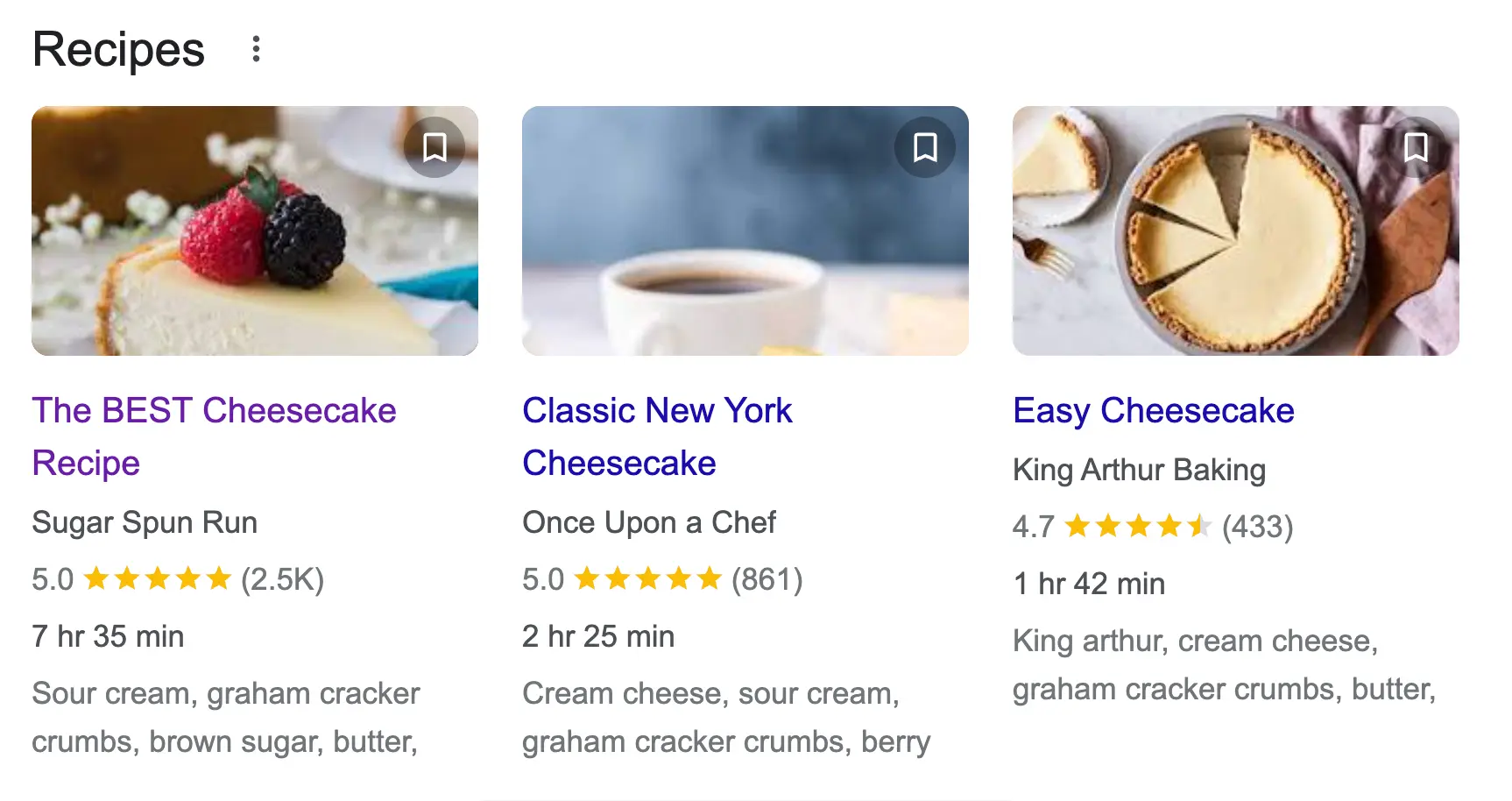
You can add structured data to your page to increase your chances of appearing as a rich result. Structured data is code that describes the page’s content to search engine crawlers.

Here is the process to follow:
- Find the relevant structured data – go through the supported types and choose which is relevant to your page’s content.
- Add the code to your website – code needs to be added to the <body> of the page. Depending on your CMS, you can add it manually or use a third-party plugin.
- Test your code with Rich Results Test to ensure no errors.
10. Keep Your Content Fresh And Relevant
What is even harder than achieving top rankings for your target keywords is maintaining these rankings for a long time.
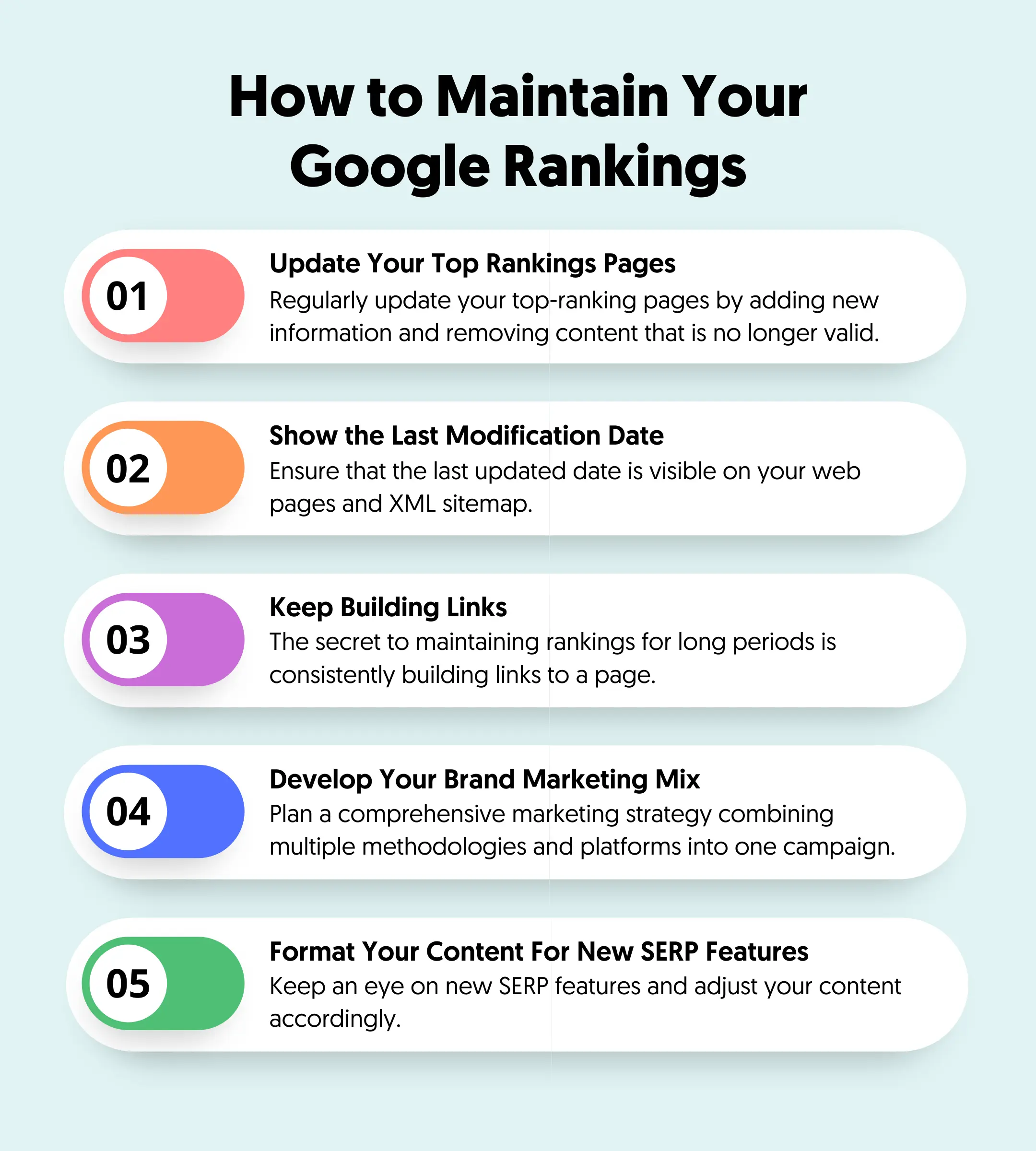
Follow these tips, to maximize your chances of maintaining your Google rankings:
- Ensure that you regularly update your top-ranking pages by adding new information and removing no longer valid content.
- Ensure the last updated date is visible on your web pages and XML sitemap.
- Keep an eye on new SERP features and adjust your content accordingly.
- Perform regular content audits to remove, merge, or update pages that are no longer relevant.
11. Optimize Your Images
Google is using images to make the SERPS more visual. They are shown in rich snippets and other Google products, including Google Discover. To take advantage of images for SEO purposes and make your content more appealing to users, follow these guidelines:
- Always add a large featured image to your pages. The minimum width of your image must be at least 1200px wide.
- Add the relevant structured data to specify the featured image to Google.
- Use meaningful image filenames.
- Provide an alt text for all your images. Alt text is the most critical SEO image SEO factor. Make sure you write descriptive text that makes sense for users and search engines.
- Optimize images for speed – Use Google’s Squoosh app to convert your images to webp. This will dramatically reduce their file size without losing quality.
- Set the max-image-preview:large robots meta tag - The max-image-preview is a directive instructing search engines to show large image previews of an image in Google search results, Google Image, Google Assistant, Google SGE, and other products.
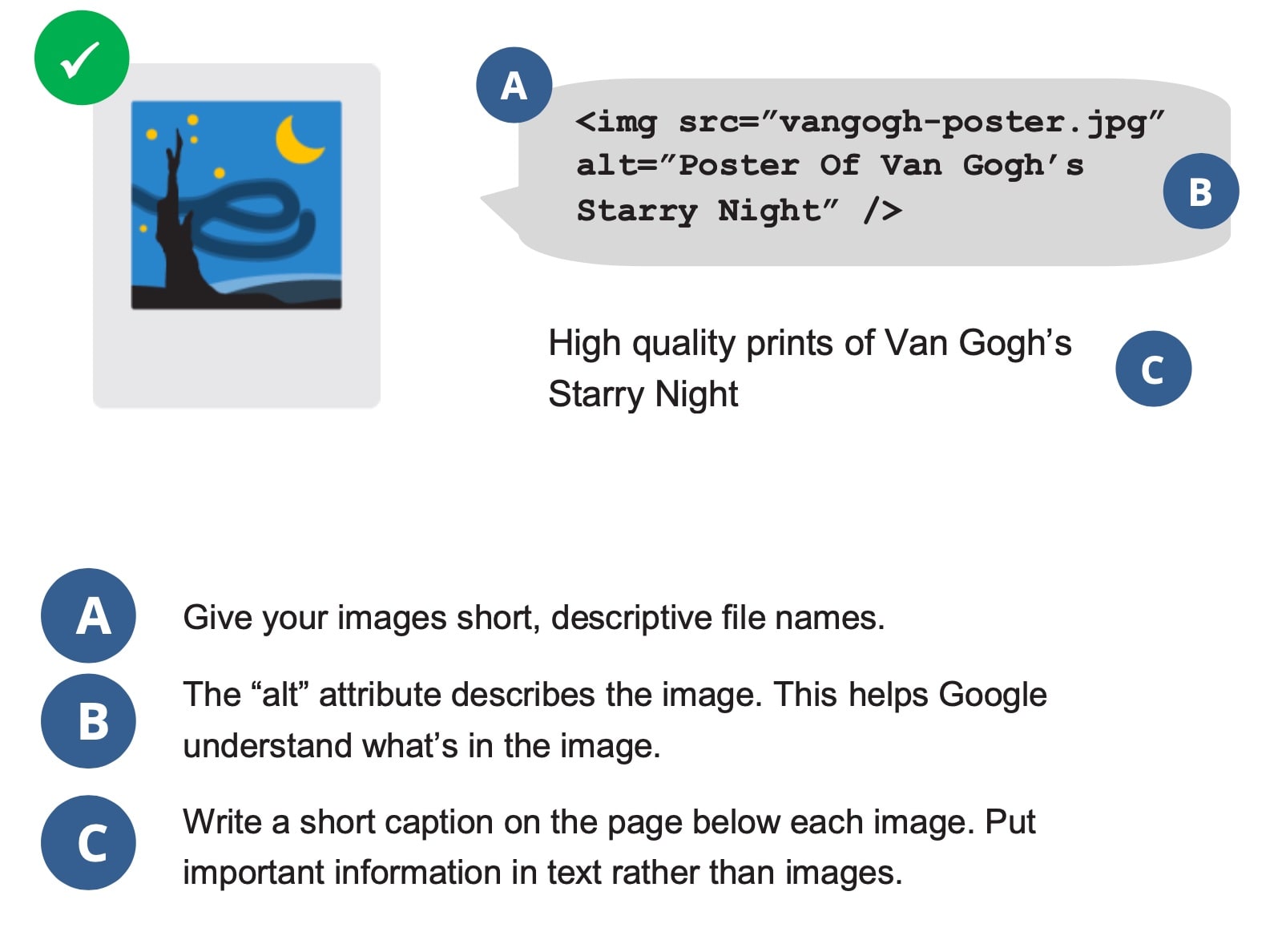
12. Build Topical Authority With Content Hubs
Topical Authority is an effective SEO strategy that can help you rank for highly competitive keywords.
Here is a simple overview of how this works.
While Google algorithms evaluate the content of each individual page to decide for which keywords it should rank, they also look at the content of a site as a whole.
When you provide comprehensive, in-depth content around a specific topic, this makes you an authority around that topic, and as a result, you can rank higher for related to the topic keywords.
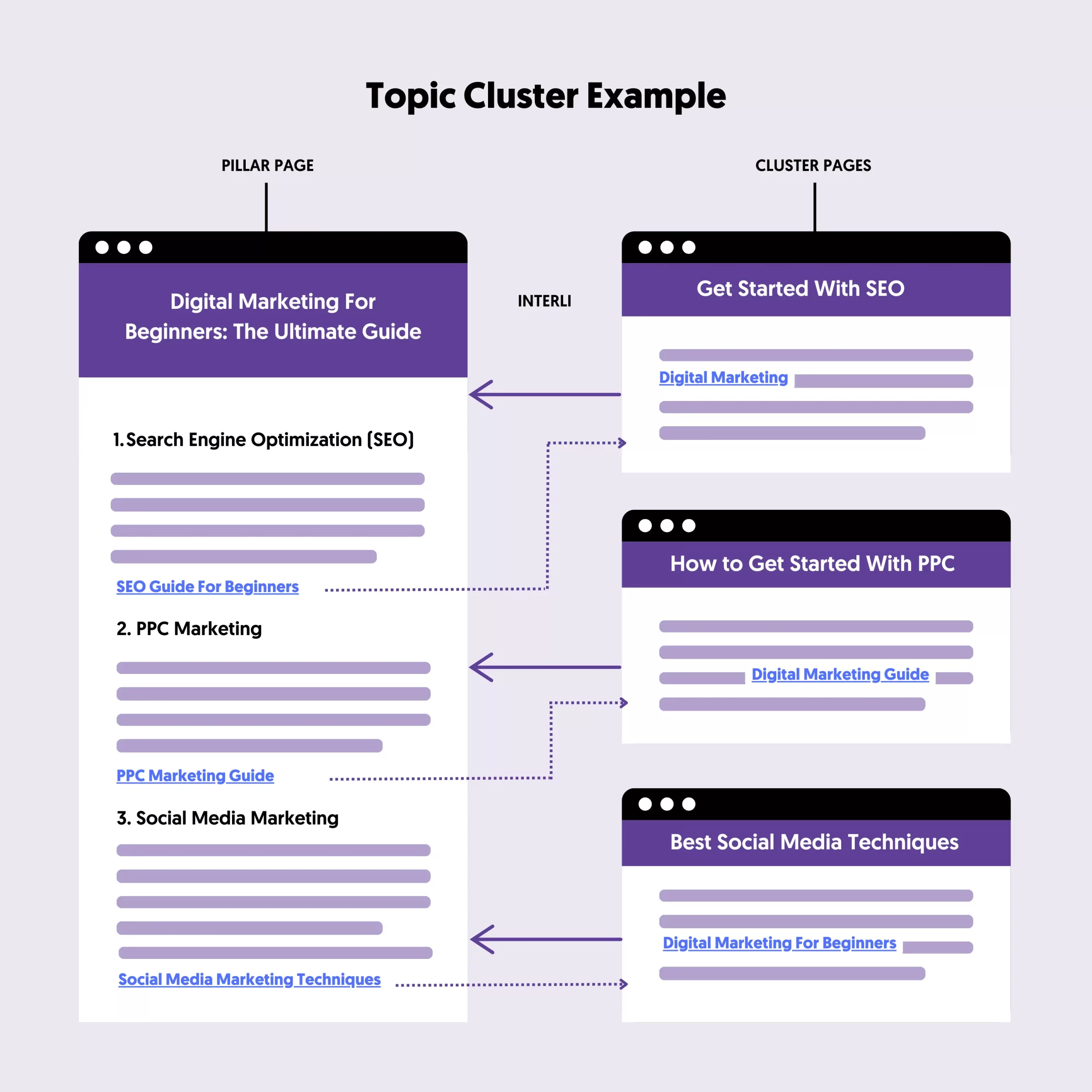
The best way to build topical authority is by using content hubs.
A content hub is a page that includes information about a specific topic and links to other articles (on the same website) to help users learn everything they need to know about that topic.
Think of a content hub as a portal dedicated to a specific topic. Content hubs can have different forms depending on the topic and type of content.
This means doing keyword research to identify what topics/subtopics the content hub should target.
Then you create the content and interlink the pages together as shown in the above diagram.
13. Create An XML Sitemap And A User Sitemap
A sitemap is a list of all posts/pages of your website. You need 2 types of sitemaps. An XML sitemap to submit to Google, and second an HTML sitemap to help visitors find your content easier.
It is recommended to place a link to your user sitemap from the main menu.
XML Sitemap (for search engines)
Depending on your blogging platform you can use plugins to create and update your website’s sitemap. When viewed in the browser it looks like this:
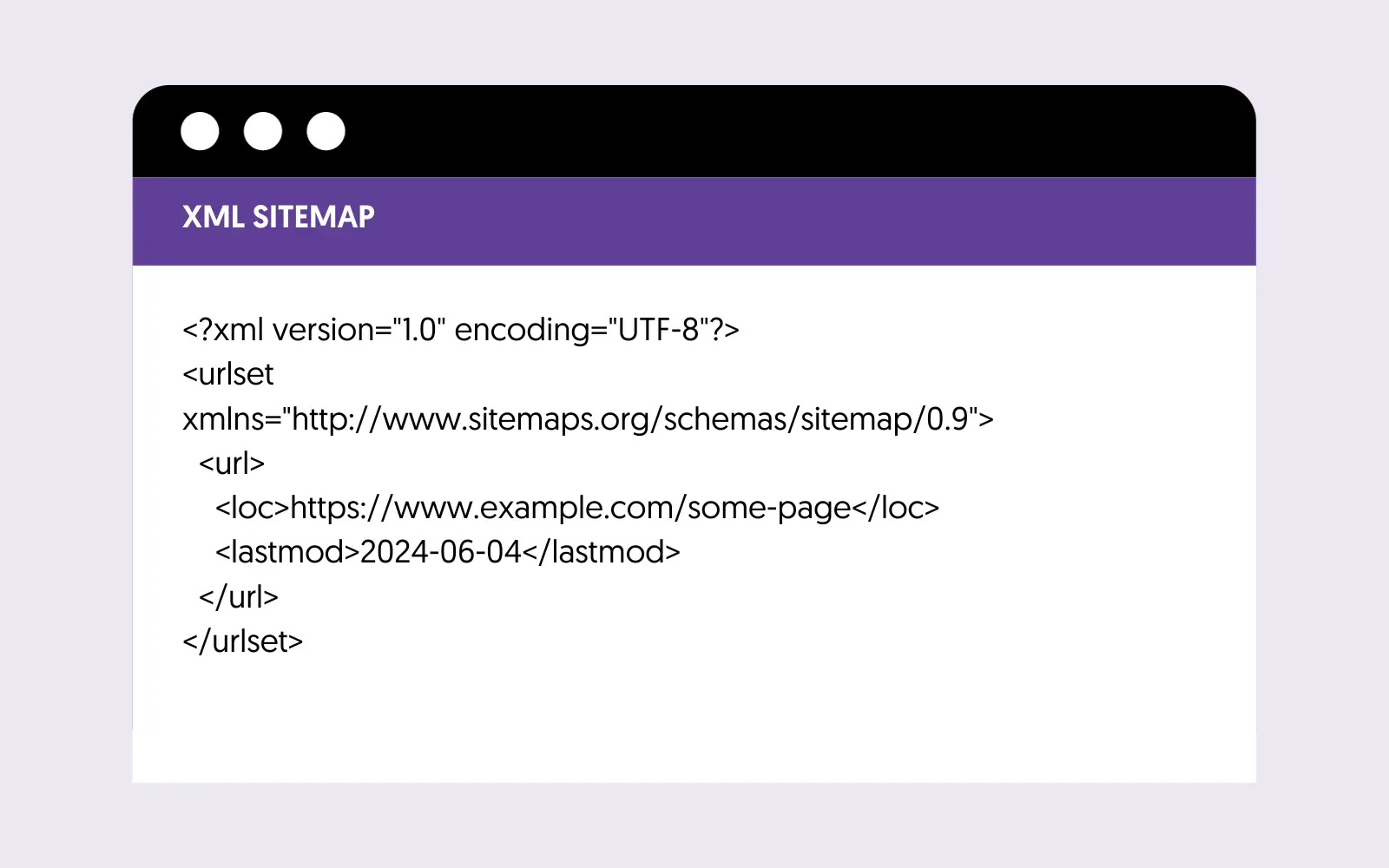
User Sitemap
The user sitemap is a page on your website that provides links to all (or to the most essential pages of your site). It can also group posts by author, date, category, etc. Its purpose is to help users find information on your site easier and quicker.
14. Add Breadcrumbs
Make sure that you have a breadcrumb trail on all your pages. A breadcrumb is a set of links at the top of the page that aid navigation.
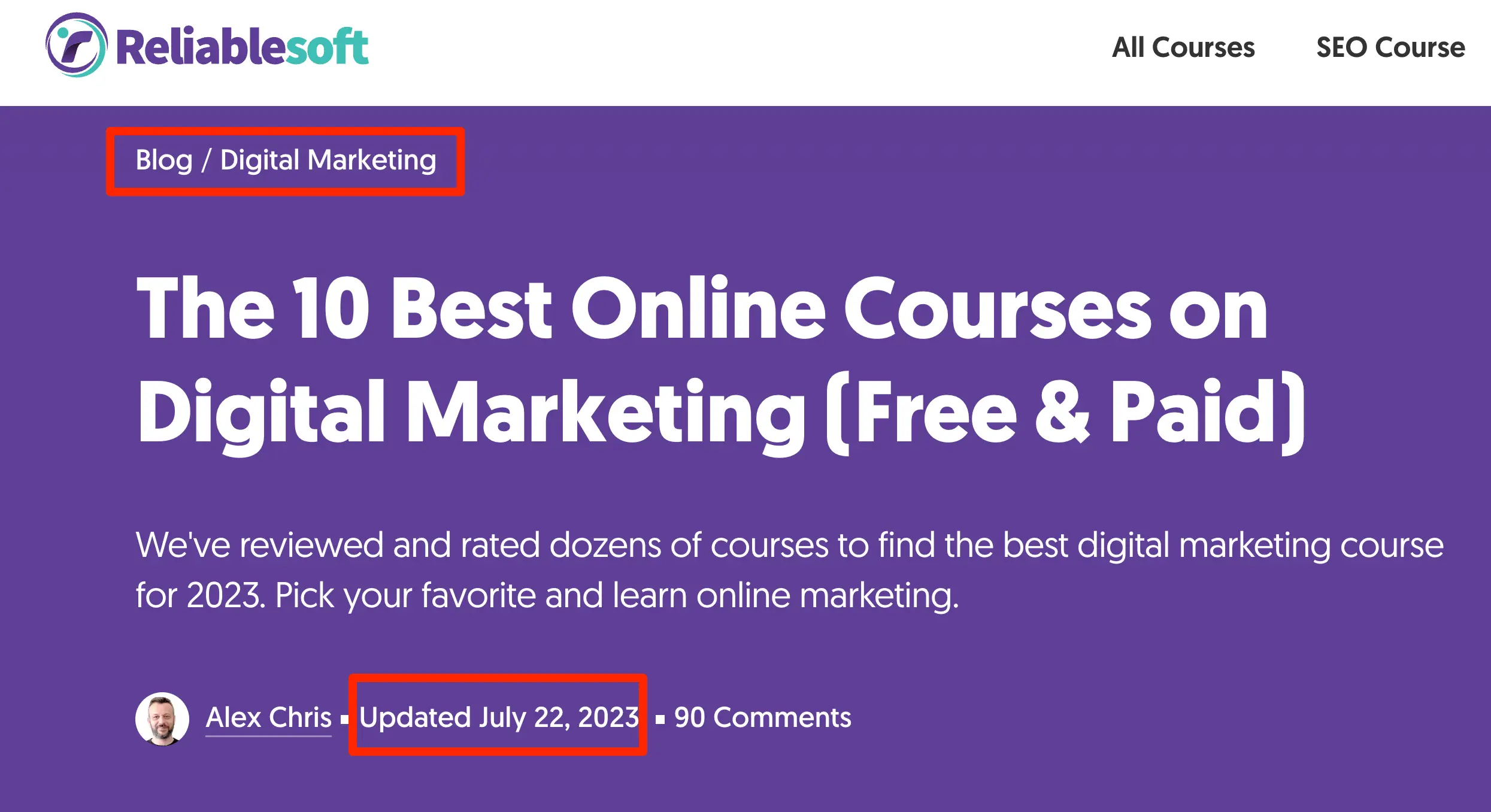
A breadcrumb is also shown in the search results, making your snippets more relevant to the user's query.
15. Use Google Search Console
Google Search Console is a free tool to check your website's performance in Google.
Once you go through the registration process and perform some basic configurations, you can start looking at the various reports to get answers to questions like:
- How many pages of your website are in Google's index?
- What keywords do people use to find your website?
- If any crawl errors impact your Google rankings.
- Spot any opportunities to optimize your content further.
- Find out what kind of content works best for your audience.
Get More SEO Tips
To continue your SEO learning process, use the following resources:
- SEO Checklist - includes basic and advanced SEO advice.
- SEO Certifications - online courses to learn SEO and get certified.
- What is SEO? - an introductory guide for beginners.
- The Complete SEO Course - the most comprehensive course on SEO to go from novice to an SEO expert.



